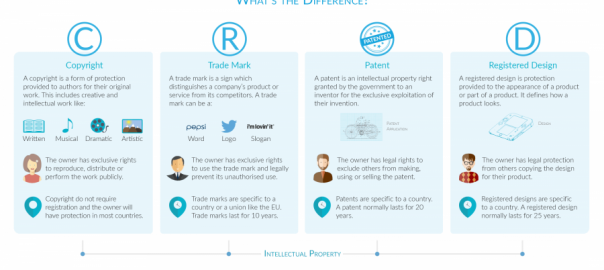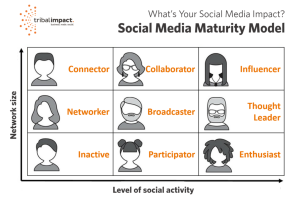
Most people, if not all, are familiar with the words “copyrights”, “trademarks” and “patents”. They will also vaguely know the meaning of each of these words. This is as far as it goes when it comes to these intellectual property types. Although there is an understanding about intellectual property, it is often not understood properly.
What is intellectual property?
Intellectual property (IP) is the creative work of a person which can be protected legally. The protection is necessary so that the creator can claim ownership of the work and stop others from financially benefiting or gaining recognition from it. The iPhone is an example of an IP which has been protected by Apple; the creator in this case. Apple has trademarked the word “iPhone”, patented the technology which is used to make the iPhone function and registered the design of the iPhone. Another company cannot sell or claim ownership of the iPhone unless they can prove they came up with the name, technology and design. The purpose of IP is to safeguard the owners’ rights so that they are the only ones who can benefit from their creation.
What are the types of IP?
The infographic above describes the four main types of IPs. They are also listed below with a brief overview.
- Copyrights – a form of protection for creative and intellectual works like books, music or a painting; copyright does not require registration
- Trademarks – a sign (word, logo or slogan) which is used to identify a brand from its competitors
- Patents – a new invention that has not been created before
- Registered designs – the appearance of a product or parts of it
How do you register an IP?
The registration method for each IP is different. As stated above, copyrights do not need to be registered but you should consult with a law firm which specialises in IP to understand how you will be protected. Trademarks need to be registered in a specific country like the UK, a region like EU or internationally. Each country has their own registration office like the United States Patent and Trademark Office (USPTO) where the application has to be filed. The process is long (5 to 8 months) and complicated which is why a trademark attorney needs to be used. Patents are also filed in the same way, but are country specific and have an even longer time period (3 to 4 years) to get filed. Registered designs also follow a similar process and need to be filed with extensive information.
The information above should be adequate in explaining IP and its different types. More will be covered in later blog posts which will look at each specific type and how they are filed.
Digital & Social Articles on Business 2 Community(852)





